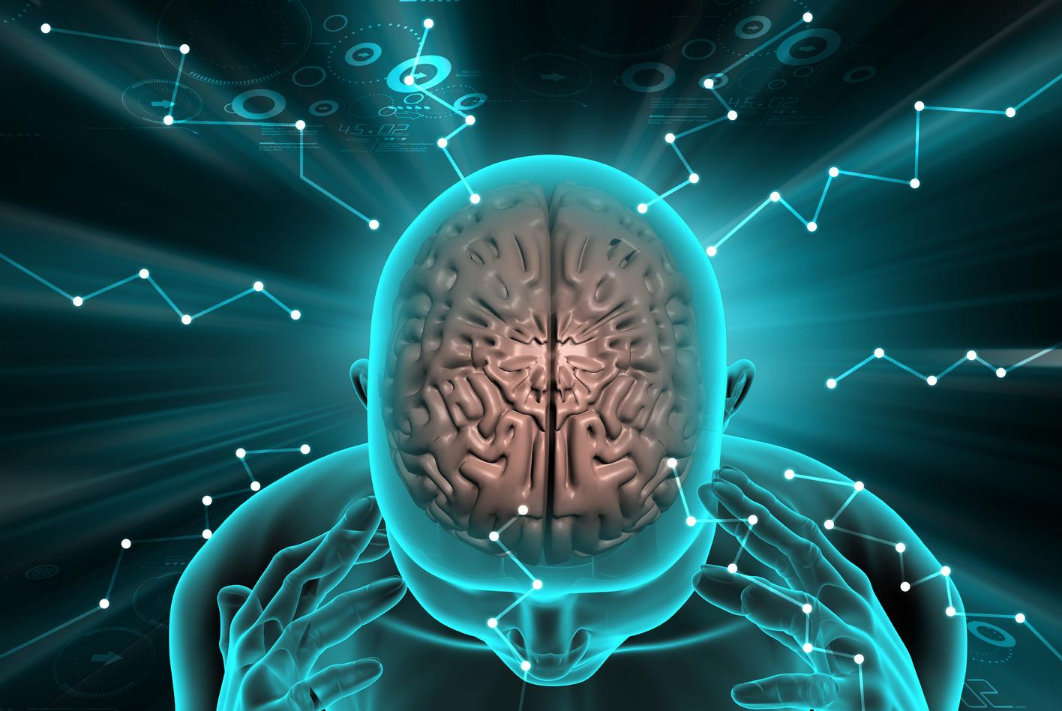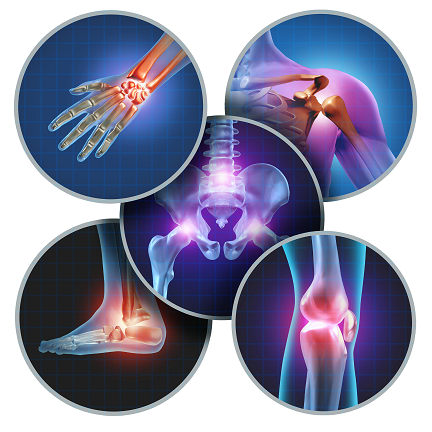Purposeful Pain
Pain is a normal and important part of our life. It is our most loyal guardian, always keeping a watchful eye out for us.
More than anything, it wants to keep us safe, protected, and out of harms way. Just imagine a life without it – we would be constantly discovering cuts, burns and bruises on our bodies!
It is vital for our survival as it prompts us to stay clear of danger. It encourages us to act in ways that promote our safety (i.e. dropping the hot lasagne tray or moving the foot off the sharp Lego piece).
It’s all in the brain
(but not the mind)

The pain pathway works via signals which are sent from the sensory receptors, known as nociceptors. They detect temperate, pressure and chemical changes at the skin.
These signals travel up the nerve fibers, through the spinal cord and into the brain, where the information is processed and the brain, usually, decides on an appropriate response.
It is important to note that when we say “the brain decides,” that it is not exactly a conscious decision. The brain can be seen as a central processing unit, like a computer. We are not saying pain is in your mind, rather that the input data is literally processed in the brain.
The brain receives input and allocates its meaning. If it decides the situation is serious enough, it sends out a command to the muscles in order to execute a response that returns us to perceived safety.
In the instance of an acute injury such as a sprained ankle, pain signals persist beyond the initial moment of injury because there is damage to the tissues which elicit a chemical, inflammatory response. After rest and appropriate movement, the inflammatory response resolves and the injury and the pain also resolve.
For some people, however, this may not be the case and a pain response may continue in the absence of true, ongoing tissue injury.
When Pain Becomes Chronic

In theory, all tissue damage should heal within 3 months, assuming it is not being repeatedly re-injured. If pain persists beyond this, it gains the classification of ‘chronic pain’, and things can start to get a bit more “interesting!”
Remember the brain’s role in pain?
Not only does it process signals from the nerves, it also considers other information. External and internal cues of the environment provide information about the perception of safety or danger (physical or psychological, past experiences, beliefs and fears).
The brain is constantly seeking information to detect elements of risk or danger around you, making sure that you are safe. If it determines the presence of danger, even at a subconscious level, it can become hyper-vigilant and on high alert. This is exaggerated if the brain has “learnt” from past painful experiences.
So when it comes to feeling pain, there are genuine signals being sent to and from the brain, however sometimes previously normal, non-threatening sensory feedback can be misinterpreted as pain, and pain signals can become amplified.
This is where pain gets stuck in the cycle of chronicity.
One of the major factors in keeping it there is because the brain feels unsafe and is primed to look out for pain, therefore letting in lower signals than usual.
As Exercise Physiologists, we address this in various ways.
One of the ways, of course, is exercise. Which you can read about here.
Stay tuned to learn bout other ways 😉
 Authors: Specialised Health Exercise Physiologists Yolanda van Vugt (Auckland, NZ) and Biara Webster (Brisbane, QLD)
Authors: Specialised Health Exercise Physiologists Yolanda van Vugt (Auckland, NZ) and Biara Webster (Brisbane, QLD)
Have a claimant struggling with Chronic Pain in Australia or NZ? We can help. Get in touch. Email brad@specialisedhelath.com.au or call 1300 869 803
Why not Follow Us?



